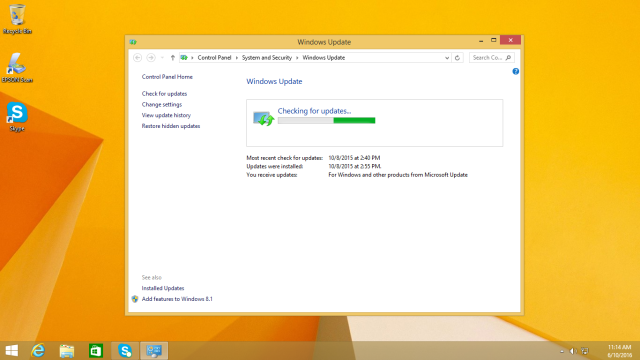
Danger!
Offering Windows 10 as a free upgrade to non-enterprise users of Windows 7 and Windows 8.1 was a sensible move on Microsoft's part. Microsoft wants developers to create applications for the Universal Windows Platform and to do that, it has to ensure that there are many people using this platform. The company has told the developer community that it expects 1 billion Windows 10 systems within the first two-to-three years, putting an end to the usual chicken-and-egg situation surrounding new Windows releases: developers never use the latest and greatest features, because there's nobody using the latest-and-greatest operating system; there's no reason to use the latest-and-greatest operating system, because software runs just fine on the current one.
Knowing that few people will actively seek out a new operating system to upgrade their computers, Microsoft offered the Windows 10 upgrade through Windows Update. It also distributed updates that advertised the existence of the Windows 10 update to Windows 7 and 8.1 users. Initially, this merely allowed people to "reserve" their Windows 10 upgrade, but Microsoft has become progressively more aggressive. In the early days, this upgrade was found to be downloading the new operating system even before users opted in, and it was then accused of installing automatically.
In past weeks, the complaints have stepped up. Microsoft has been accused of changing the dialogs advertising the availability of the upgrade. Initially, pressing the X in the corner of the window canceled the upgrade; however, this was changed so that pressing the X merely delayed the upgrade.
Read 11 remaining paragraphs | Comments
No comments:
Post a Comment